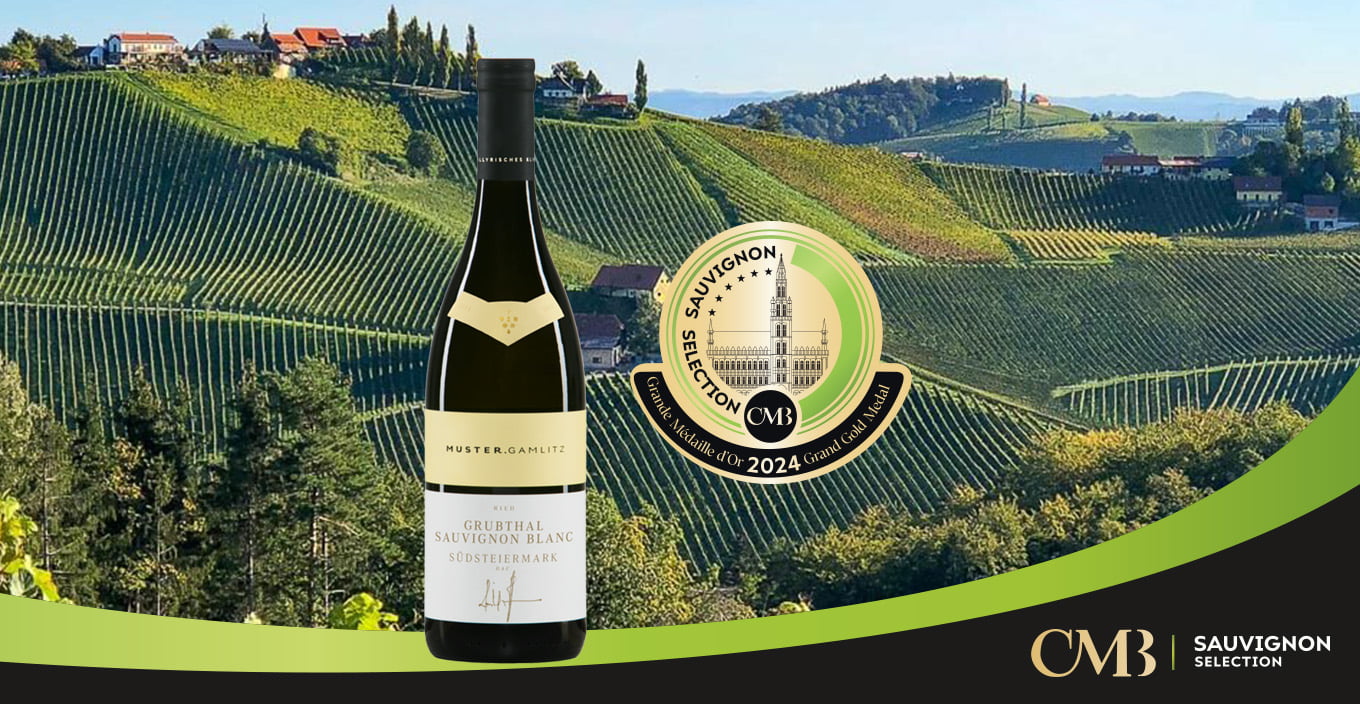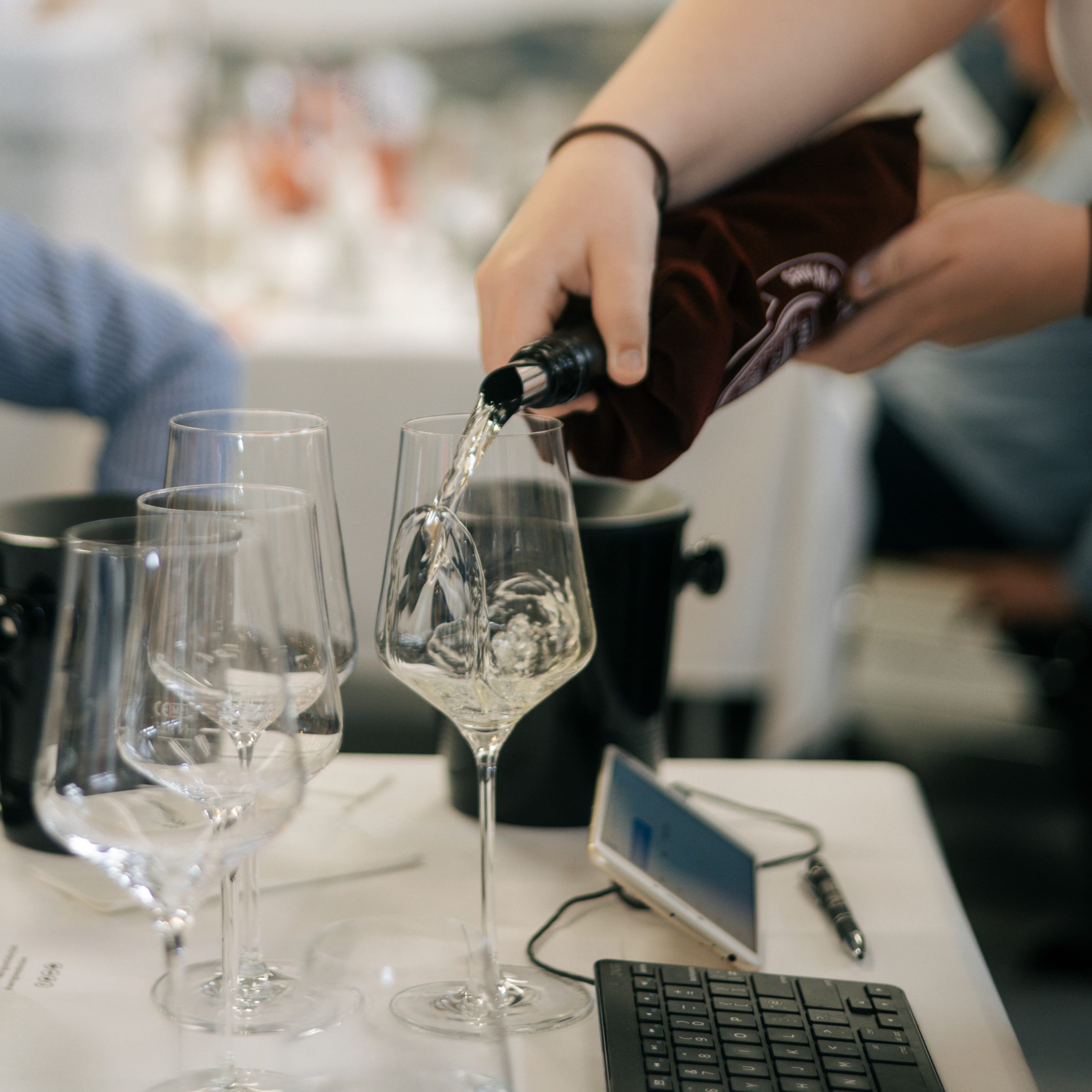Sauvignon blanc has gradually made its mark on Italy

In the early 20th century, famous Italian ampelographer Molon described Sauvignon as a French grape variety native of the Gironde region and grown in Italy since the beginning of the 19th century, although how it was introduced remains open to debate. However, documents reveal that from the outset, it was grown primarily in the northern part of the peninsula, particularly in the regions of Triveneto and Emilia Romagna.
Among the different strains of the variety, Sauvignon blanc is virtually the only one grown in Italy, with some minor plantings of Sauvignon gris. This article also focuses on Sauvignon vert, described as Sauvignonasse by certain authors; some theories claim that it might be none other than Tocai Friulano, a variety grown in the North-East of Italy, although the hypothesis is not shared by all Italian specialists.
Table 1 shows data on Sauvignon plantings in Italy over a forty-year period. Of note is that Sauvignon blanc acreage is gradually on the rise and according to the ISTAT census of 2010, now equates to approximately 3,800 hectares. Partly as a result of the gradual decline in Italy’s area under vine during the same period, the variety’s share of national acreage has risen to 0.6 % and it ranks 40th among the country’s varietal range.
| Year | 1970 | 1980 | 1990 | 2000 | 2010 |
| Hectares Sauvignon b. variety x 1000 | 1,8 | 2,4 | 3 | 3,4 | 3,8 |
| Hectares Italian vineyard x 1000 | 1113 | 1098 | 882 | 677 | 626 |
| Sauvignon b. (%) | 0,2 | 0,2 | 0,3 | 0,5 | 0,6 |
Table 2 shows a breakdown of Sauvignon blanc acreage across the different Italian regions, with data from the 2010 ISTAT census. It is clear that the variety is now grown mainly in the Northern regions where 79% of the vineyards are located. In the Center and the South of the peninsula, distribution is the same at around 10% of the total.
| Region | Ha total | % | DOC or DOCG | Others |
| PIEMONTE | 106 | 3 | 97 | 9 |
| LOMBARDIA | 103 | 3 | 34 | 69 |
| VENETO | 574 | 15 | 274 | 300 |
| PROV.AUTONOMA DI BOLZANO | 324 | 9 | 324 | 0 |
| PROV.AUTONOMA DI TRENTO | 120 | 3 | 120 | 0 |
| FRIULI VENEZIA GIULIA | 1291 | 35 | 1153 | 138 |
| EMILIA ROMAGNA | 425 | 11 | 310 | 115 |
| North Italy | 2943 | 79 | 2312 | 631 |
| TOSCANA | 171 | 5 | 66 | 105 |
| UMBRIA | 80 | 2 | 47 | 33 |
| MARCHE | 60 | 2 | 9 | 51 |
| LAZIO | 70 | 2 | 31 | 39 |
| ABRUZZO | 23 | 1 | 12 | 11 |
| Center Italy | 404 | 12 | 165 | 239 |
| PUGLIA | 125 | 3 | 37 | 87 |
| SICILIA | 252 | 7 | 34 | 219 |
| South Italy & Islands | 377 | 10 | 71 | 306 |
| OTHER REGIONS | 20 | |||
| Total Italiy (2010) | 3744 | 100 |
Further analysis of the Northern regions reveals that Sauvingon plantings are concentrated in the North-East – in the provinces of Bolzano and Trento, Veneto, Friuli-Venezia Giulia and Emilia-Romagna – which accounts for a staggering 73% of Italy’s entire Sauvignon plantings. These same regions are also home to high quality Sauvignon offerings, due to the fact that wines with a denomination of origin take precedence over lower quality categories (IGT and municipal).
Within this group of regions, it is important to highlight some differences in quality linked to specific sites:
Friuli-Venezia Giulia and Veneto – Even though Sauvignon is grown in all provinces belonging to the two regions – which alone account for 50% of national production – it is particularly widespread in the provinces of Gorizia, Udine and Pordenone in Friuli V.G. and Venice, Verona and Vicenza in Veneto. History provides some explanations for the variety’s current presence in these two regions, as both fell under the domination of the Austro-Hungarian Empire at the beginning of the 19th century. There are also similarities in topography and climatic conditions in both two areas. Flood plains and small hills feature in both, hence the vines are grown at low elevations. The climate is characterized by medium-high rainfall with a succession of well-cadenced seasons, alternating hot summers and cold winters. The mitigating effect of large expanses of water – the Adriatic Sea and Lake Garda – is also noteworthy. As a result, the grapes ripen during the first fortnight of September and appear to show a characteristic, predominant presence of aromatic thiol precursors and, to a lesser extent, pyrazines. The wines display intense flowery and fruity fragrances, and only limited vegetal notes. Sometimes, particularly in recent vintages, they show high alcoholic strength and low fixed acidity, partly due to climate change. Normally the wine is made in stainless steel tanks and marketed the same year as a single varietal. Recently, fermentation in oak has become more and more widespread and in some cases the wine is blended with other varieties to produce wines of origin or brands sporting the name of a winery.
Tocai Friulano is also grown in these areas. As evidenced by research by the Conegliano Veneto Experimental Institute for Viticulture, the variety is basically Sauvignonasse, also known in Chile as Chilean Sauvignon or Green Sauvignon. The cultivar was particularly widespread in this area and reached approximately 8,000 hectares in 1970-80. Today, its area under vine has been greatly reduced and covers about 2,900 hectares, all of which are located in these two regions. Unlike Chile, the grape is not processed with Sauvignon blanc but marketed under its own name. It can be part of the blends mentioned above, together with Sauvignon blanc. The grape variety is loved by local grape growers but it is gradually being superseded by the more highly regarded Sauvignon blanc, or more recently by Glera for Prosecco.
Provinces of Trento and Bolzano – These two autonomous provinces in the area commonly referred to as Trentino-Alto Adige are located close to the Adige river, from its source until it enters the province of Verona. The area is characterized by a narrow alluvial plain close to the river and banks that are often very steep, caused by erosion as the river flows towards the Po valley. Thus, the area is home to the lowest vineyards in the valley with an elevation of 100-200 metres and to hillside-mountain vineyards, up to 800 metres above sea level. The province of Bolzano in particular, which lies upstream along the river’s route, is generally characterized by the highest vineyards. The temperature range between winter and summer, but also between day and night in the summer, is extensive. This ensures that during ripening there is a significant accumulation of aromatic precursors, but at the same time a limited accumulation of sugars and decrease in acidity. Ultimately, the climate is very similar to some areas of Chile. Consequently, Sauvignon wines produced in this region show strong and very differentiated varietal notes (vegetable, flower, fruit), limited alcoholic strength, good acidity and flavour. The wines are almost exclusively marketed as single varietals and not necessarily the same year as the vintage. Although production is limited (12% of total national production), it is considered to be medium to high quality.
Emilia-Romagna – In this significant Italian wine region, attention is focused primarily on the most widely grown varieties. The 425 hectares of Sauvignon (11% of national production) are treated in accordance with their acreage and are therefore virtually all marketed locally. Production is concentrated in the hilly area of the Apennines, in the provinces of Piacenza, Reggio Emilia and Bologna where, following a tradition common to many local wines, Sauvignon is also produced and marketed as a sparkling wine. The production process is traditional and the variety has a long-standing tradition here, so much so that in some provinces of Reggio Emilia and Parma it took on the local name of ‘Spergolina’ or ‘Pellegrina’. Another noteworthy fact is that Sauvignon has traditionally been grown in the province of Ferrara, in the lowland and sandy areas near the sea, not dissimilar to conditions found in some parts of Bordeaux where the grape comes from. In the viticultural areas of the region, summers are usually very hot and the grapes tend to ripen intensely until over-ripeness. Therefore, the wines are generally characterized by high alcoholic strengths, low acidity and attenuated varietal aromas. The traditional early harvest and re-fermentation to produce sparkling wines are definitely an interesting and modern way to revive Sauvignon wines from this region.
Central Italy – In the five regions that make up this geographic area, Sauvignon plantings are certainly more recent, even if the first attempts can be traced back to the beginning of the 20th century. The main problem for growing the cultivar here is that, as in Emilia-Romagna, the hot, sunny summers prevent varietal aromatic characteristics from being preserved. Therefore, a trend towards using the variety as a component for blended wines, including higher quality wines, has gradually emerged. Sauvignon thus features on the list of permitted cultivars (Disciplinari di Produzione) for other wines typical of Central Italy and is used as an improver variety. In some instances, the wines are also matured in oak. Finally, there are cases where the variety is used in the same way as Sauternes, for producing naturally sweet wines.
Southern Italy and the Islands – If Sauvignon plantings in Central Italy can be described as recent, in the South and particularly Puglia and Sicily, they are very new and part of a phenomenon occuring over the last 20 years that has witnessed the emergence of ‘international’ varieties. Of the two areas, the most interesting is certainly Sicily where the range of elevations offsets the island’s climatic disadvantage for growing the variety, namely the heat.


